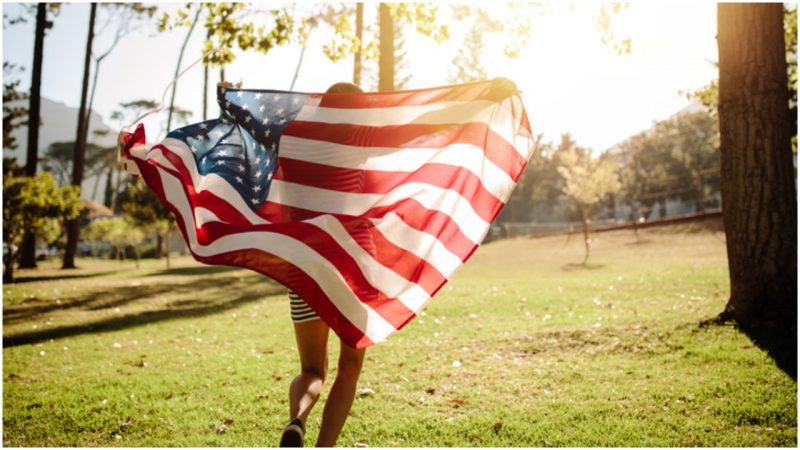American students are taught that the first flag was made by Betsy Ross, but how did that come about? And how did we get to the flag we use today, so much time and so many states later?
In 1777, the Continental Congress passed a resolution about how the flag of the new United States should look: “Resolved, that the flag of the United States be thirteen stripes, alternate red and white; that the union be thirteen stars, white in a blue field, representing a new constellation.”
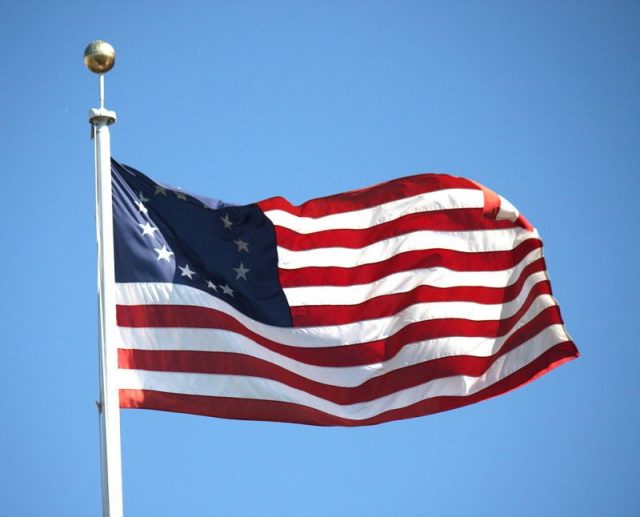
Precisely who designed the first flag is not certain, but it’s usually attributed to a New Jersey Congressman, Francis Hopkinson, according to the organization usflag. Neither is it certain who sewed it, but it probably wasn’t Betsy Ross.
According to the Washington Post, there is absolutely no documentary historical evidence (letters, bills of sale, news articles, etc.) that she had anything to do with either its design or creation.
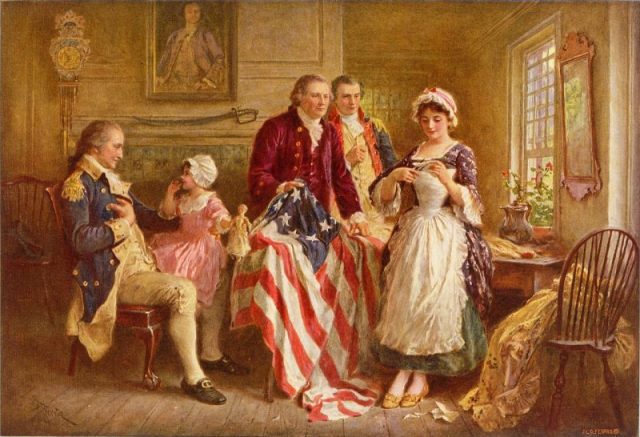
That story began to crop up almost 100 years after the fact, when Ross’s grandson, William Canby, told it to the Historical Society of Pennsylvania, saying she did it at President Washington’s request.
The only evidence he provided were affidavits from family members. Ross did, in fact, make flags in the late 1770s, but it’s very unlikely that she made the first one.
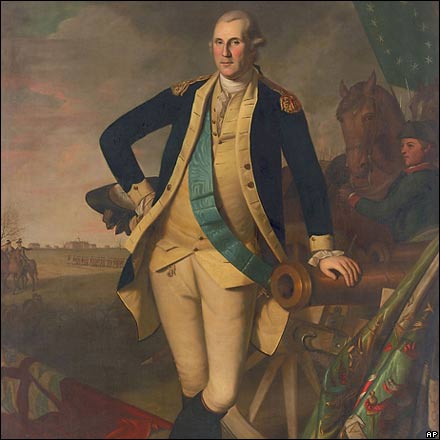
The US Flag website states that before June 24, 1912, certain specifics of the flag, such as its proportions and the arrangement of stars (whether in a circle or straight lines), wasn’t clearly prescribed.
This occasionally made for flags with proportions that would seem weird to modern eyes, but in general, most flags made before 1912 still had the recognizable straight rows of stars, and the same overall proportions we’re used to seeing.
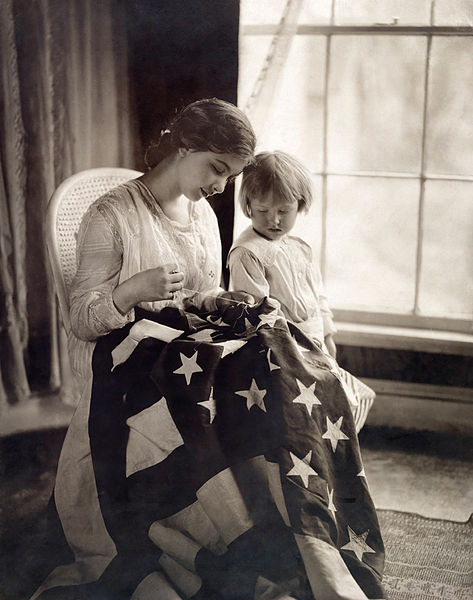
All told, after that first resolution there were five acts that related to how the flag should look. January 13, 1794 was the first, and it said that the flag should show 15 stripes and 15 stars, starting in May of the following year.
The next act, signed by President James Monroe, was passed on April 4, 1818. It mandated 13 stripes and one star for each state, to be added on July 4th following that state’s addition to the union.
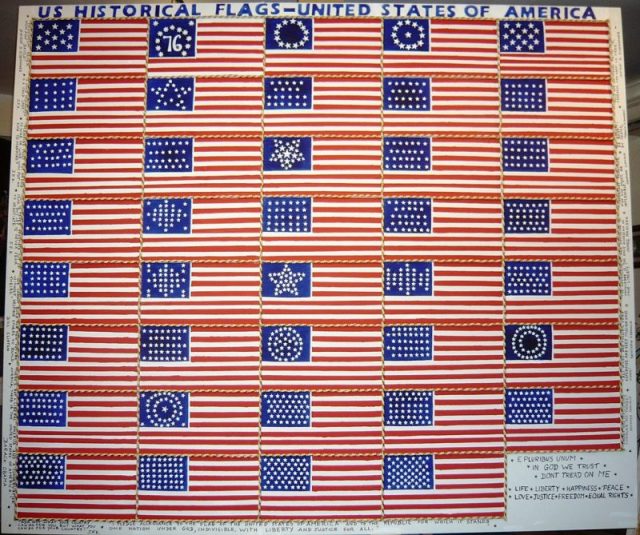
That was followed by President Taft’s Executive Order of June 24, 1912, which laid down the specifics for the flag’s proportions and detailed the arrangement of eights rows of six stars, each with one point facing upwards.
On January 3, 1959, President Eisenhower signed an order rearranging the stars into seven rows of seven stars, and staggering them both horizontally and vertically.
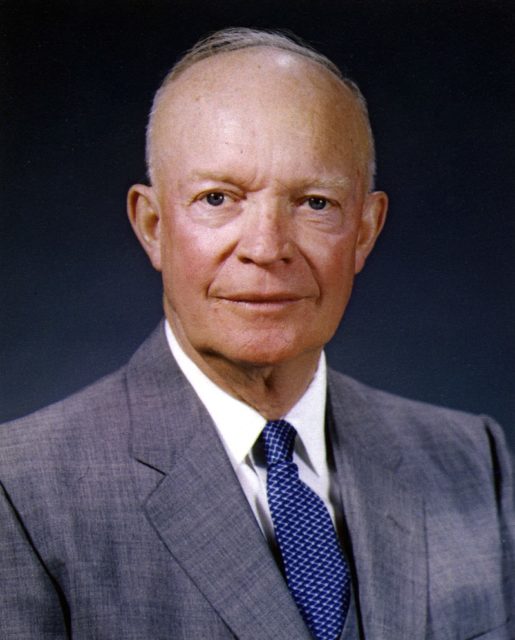
Finally, on August 21st of that same year, Eisenhower signed another order requiring the stars be in nine rows, staggered horizontally, and eleven columns staggered vertically. That last bit sounds complicated, but it’s the arrangement we use today.
The design of the current American flag actually began life as a high school class project, according to Reader’s Digest. High school student Bob Heft’s history teacher gave the class an assignment to bring in something they made.
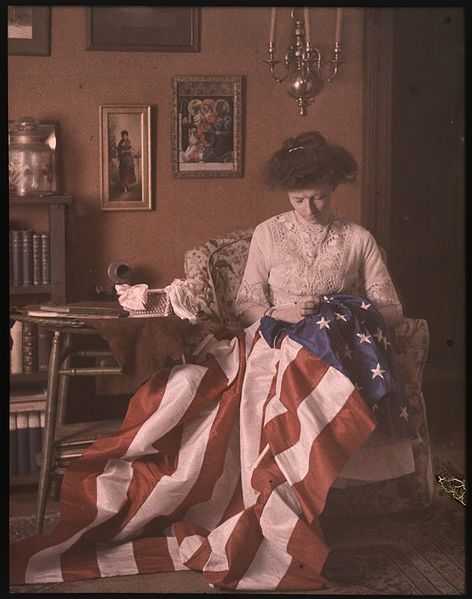
Heft, being very familiar with the Betsy Ross story, and knowing there were discussions of Alaska and Hawaii eventually being granted status as states, was inspired to make a 50-star flag.
Heft modified his parent’s 48-star flag, and brought it into class as his project. His teacher wasn’t too happy with Heft’s efforts, and gave the assignment a B-.
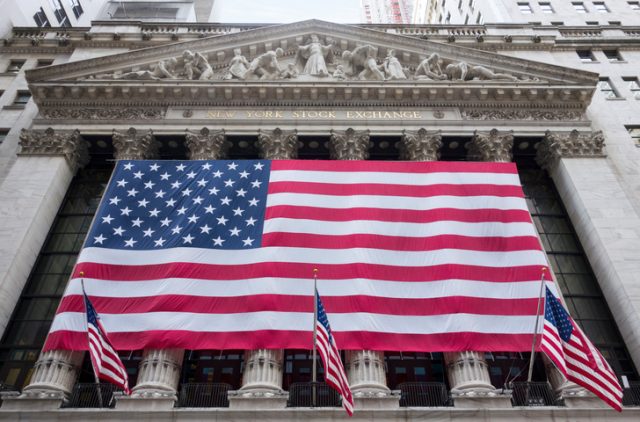
Heft challenged the mediocre grade, saying that the changes in design for each new flag were meant to keep the flag looking pretty much the same, while allowing a star for each new state, and he felt his design accomplished that.
His history teacher told him that if he didn’t like the grade, he should get his flag accepted in Washington. If he did that, the teacher would change the grade.
Heft decided to accept the challenge and spent two years writing letters, making calls, and reaching out to his state representative, Walter Moeller, who also advocated for him. Alaska was granted statehood, and briefly there was a flag with 49 stars. But soon afterward Hawaii also became a state, and Heft got the answer to fixing his history grade.
Related Article: Why an American City is Named for Marie Antoinette
President Eisenhower told Heft that his design for the 50-star flag had been chosen out of 1000 designs. On July 4, 1960, Bob Heft got to go to Washington and see his design become the new flag. Heft’s flag is the longest running design for the United States flag in history.
